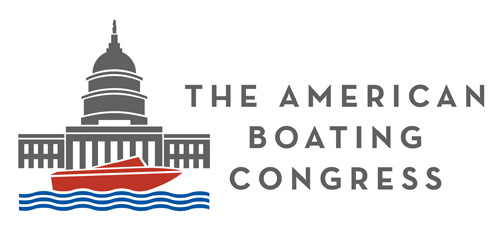U.S. Fish and Wildlife expands recreation opportunities on managed lands and waters

The Department of the Interior announced that the U.S. Fish and Wildlife Service (Service) has opened new or expanded hunting, boating and sport fishing opportunities across 2.1 million acres, the largest expansion of outdoor recreation opportunities in recent history.
The increased recreational access, which covers 88 National Wildlife Refuges and one National Fish Hatchery, is consistent with the Biden-Harris administration’s America the Beautiful initiative, a locally led and voluntary, nationwide effort to conserve, connect, and restore 30% of lands and waters by 2030.
“Increasing access to outdoor recreation opportunities is essential to advancing the Administration’s commitment to the conservation stewardship of our public lands,” said Secretary Deb Haaland. “Responsible hunting and fishing helps to promote healthy wildlife habitats while boosting local recreation economies.”
Boating, fishing and other outdoor activities contributed more than $156 billion in economic activity in communities across the United States in 2016, according to the Service’s National Survey of Fishing, Hunting and Wildlife-Associated Recreation, published every five years. More than 101 million Americans — 40% of the U.S. population age 16 and older — pursue wildlife-related recreation.
There are 70 national fish hatcheries visited by more than one million people each year. Hatcheries offer opportunities for viewing the operations and learning about fish, as well as activities such as fishing, hunting, hiking, sightseeing, nature study, birdwatching and photography. The rule also formally brings the total number of National Fish Hatchery Systemunits open to hunting or sport fishing to 22.
The National Wildlife Refuge System is an unparalleled network of 567 national wildlife refuges and 38 wetland management districts. There is a national wildlife refuge within an hour’s drive of most major metropolitan areas. The Refuge System receives more than 61 million annual visits. National wildlife refuges provide vital habitat for thousands of species and access to world-class recreation, from fishing, hunting and paddling to nature watching, photography and environmental education.




